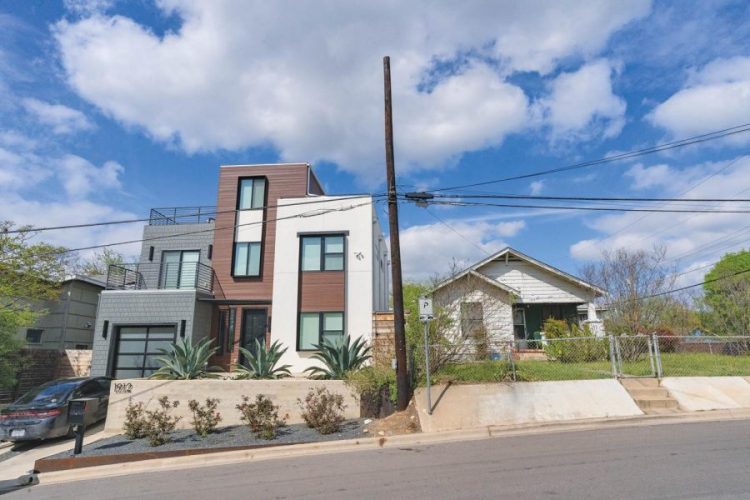In the dimly lit corners of urban landscapes, a sinister phenomenon lurks, casting its shadow upon communities and uprooting lives in the name of progress: the Gentrification Paradox.
This unsettling force, characterized by the transformation of once-affordable neighborhoods into trendy havens for the affluent, brings forth a discordant harmony between revitalization and displacement.
Gentrification, at its core, is the double-edged sword of urban renewal. It promises a fresh coat of paint, artisanal cafes, and vibrant boutiques, but beneath these alluring veneers lies a trail of shattered livelihoods.
The Gentrification Paradox unfolds as a tale of inevitability intertwined with ominous consequences.
While proponents of gentrification extol the virtues of urban rejuvenation, they inadvertently overlook the very roots that give life to these neighborhoods. Historic charm and cultural identity are bulldozed, replaced by sleek condominiums and upscale shops that cater to the elite.
As property values soar, long-standing residents, often from lower-income backgrounds, are pushed to the margins of society, caught in a spiral of displacement they can ill afford.
This paradox becomes more apparent as the lines blur between community improvement and social expulsion. The Gentrification Paradox magnifies the injustice when those who once breathed life into a neighborhood become its forgotten casualties.
Families, bound by generations of memories, are forced to bid farewell to homes that once sheltered dreams and aspirations.
Yet, it’s the very fabric of inevitability that makes the Gentrification Paradox so chilling.
As cities evolve, economic progress marches forward, and a ceaseless tide of change engulfs the urban landscape.
The allure of profit and modernization casts an inescapable spell, turning neighborhoods into battlegrounds where tradition and progress engage in a harrowing dance.
What makes this paradox even more unsettling is the eerie realization that it’s an inescapable cycle. Gentrification isn’t a fleeting fad; it’s the footprint of urban evolution.
As long as societies continue to grow, so will the allure of desirable neighborhoods. But in its wake, the Gentrification Paradox leaves a trail of shattered lives and uprooted communities.
As we ponder the Gentrification Paradox, we must confront the uneasy truth: progress and displacement walk hand in hand.
It’s a somber reminder that in the face of societal advancement, we must carefully navigate the balance between change and continuity.
Perhaps, only by recognizing the chilling inevitability of gentrification can we strive for urban transformations that respect both the past and the future, while minimizing the shadowy toll it takes on the lives it displaces.
If you enjoyed this and want to show your support, you can check out my non-fiction and children’s books at edgarescoto.com.

